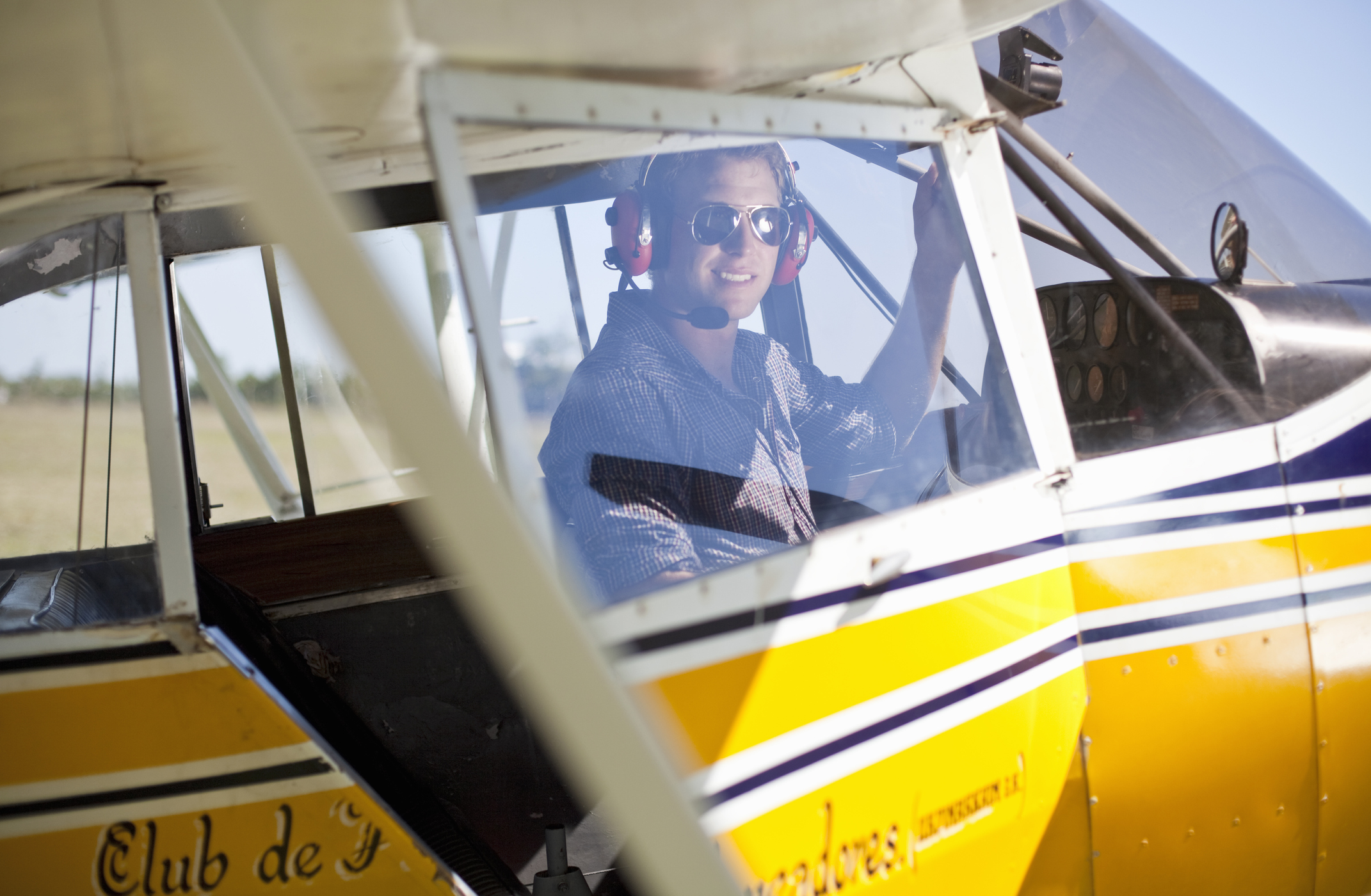
Cold and flu season is in full swing, and it’s that time of year when many people find themselves dealing with fatigue, sore throats, and congestion. For most, these symptoms tend to be mild and manageable. However, coming down with the common cold or seasonal flu brings more serious considerations for pilots.
What can you do to help keep yourself and your passengers safe and healthy in the skies this cold and flu season? Here are a few important reminders:
It’s never a good idea to operate an aircraft when you aren’t feeling your best. Symptoms such as fatigue, fever, headache, aching muscles, cough, sore throat, congestion, and sinus pressure, can become highly uncomfortable and distracting in the cockpit, hindering your ability to fly safely.
Before any flight operation, it’s your responsibility as the pilot to self-evaluate your fitness for flight. Of course, there’s a checklist for that! Use the “IM SAFE” checklist, which stands for:
I – Illness: Do you have a current (or recent) illness that could affect your flight? “Mild” cases of the cold or flu — even allergies — should be taken seriously.
M – Medication: Are you taking any medications that could impair your flying abilities?
S – Stress: Are you experiencing unusual psychological pressure and/or anxiety?
A – Alcohol: Have you had any alcohol in the last eight hours? Are you hungover?
F – Fatigue: Are you tired? Have you had enough rest?
E – Emotions: Is anything upsetting or bothering you? Are you feeling sad, angry, frustrated, or impatient?
It’s not always easy to acknowledge when you’re feeling under the weather — physically or mentally. Running through this checklist is a smart way to remain objective when making the go/no-go decision.
Impairment from medication, including over-the-counter (OTC) medication, has been cited in a number of general aviation accidents over the years. In particular, sedating antihistamines are known to be dangerous because they can cause drowsiness, blurry vision, and impaired thinking, coordination, and judgment in flight.
If you’re taking OTC medication for cold or flu symptoms, allergies, pain relief, or even as a sleep aid, make sure it’s on the FAA’s “allowed” list before you fly and follow the wait time guidance on “no-go” medications. Remember that even drugs that don’t have noticeable side effects on the ground can cause serious problems with slight changes in altitude. If you have any questions about a specific medication, consult your Aviation Medical Examiner (AME).
The onset of cold and flu season — along with the ongoing COVID-19 pandemic — has heightened the importance of keeping aircraft clean to limit the spread of viruses, especially if you carry passengers or share the plane with others. However, it’s important to use the right products and techniques when cleaning and disinfecting your airplane. Using the wrong cleaning substances could cause extensive (and expensive) damage to delicate avionics displays, instrument panels, headsets and electronics, windows, paint, and even the propeller blades. Before cleaning a component, check the manufacturer’s recommendations — there may be a specific product or method they suggest for the best results.
Safe flight depends on pilots who are alert, attentive, and healthy. If you’re not feeling like yourself, even if it’s “just a cold,” it’s better to stay grounded than risk putting yourself and others in danger. Use common sense, take care of yourself, and remember, there will be another day to fly!